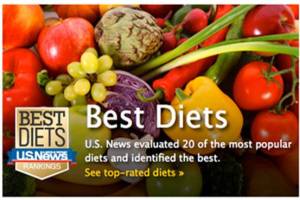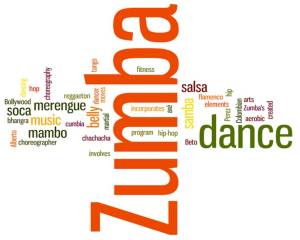October 22-28, 2012 is Open Access Week, which raises awareness of open access publishing opportunities. In addition to the high quality open access publishers, such as BioMed Central, Public Library of Science, mBio, SpringerOpen, Wiley Open Access, BMJ Open and others, there are many new open access publishers emerging that are on a mission to scam authors.
These “predatory” publishers  solicit articles from faculty through spam emails with the goal of exploiting their desire to publish for the article processing fee. They create a seemingly legitimate online presence with webpages for bogus journals, complete with issues of previously published articles. Closer scrutiny reveals the articles to be plagiarized, completely fake or promoting unsound science that was not approved for more mainstream journals. Some advertise an Impact Factor on their website and in emails to prospective authors. They can also list editors for their journals who either did not agree to be an editor, or use fake names to populate the editorial board. They could also offer expedited peer review to get your article published quicker.
solicit articles from faculty through spam emails with the goal of exploiting their desire to publish for the article processing fee. They create a seemingly legitimate online presence with webpages for bogus journals, complete with issues of previously published articles. Closer scrutiny reveals the articles to be plagiarized, completely fake or promoting unsound science that was not approved for more mainstream journals. Some advertise an Impact Factor on their website and in emails to prospective authors. They can also list editors for their journals who either did not agree to be an editor, or use fake names to populate the editorial board. They could also offer expedited peer review to get your article published quicker.
How do you avoid being tricked by these predatory publishers? Do some research on the publisher before agreeing to send a copy of your article, and definitely before sending one cent of an article processing fee.
- Look at a few of their articles to ensure that they are scientifically above the board.
- Check Ulrich’s Periodical Directory to see if the journal is indexed in MEDLINE, PubMed, Scopus or other legitimate A&I services.
- If the journal is only one or two years old, they are unlikely to have an Impact Factor as supplied by ISI Web of Knowledge. To be sure, you can look the journal or publisher up in ISI’s Journal Citation Reports.
- Search for information on the chief editors of the journal through PubMed, MEDLINE or simply by Googling them. If they are legitimate scholars in your discipline, they will have previously published articles and some sort of legitimate online presence.
- Visit Scholarly Open Access, a blog authored by University of Colorado-Denver Librarian Jeffrey Beall. Mr. Beall evaluates predatory publishers on his blog, and maintains an updated list of individual journals and publishers who use unscrupulous methods to take advantage of STM scholars.
If you are looking to publish your research with an open access publisher, but are unsure of the quality of a publisher you’re considering, please contact Steve Brown, Serials Librarian at swb105@gwu.edu or 202-994-9756 for assistance. Read more about open access publishing in our post from earlier this week, “Looking for high quality journals where you can publish your article or case report?”







